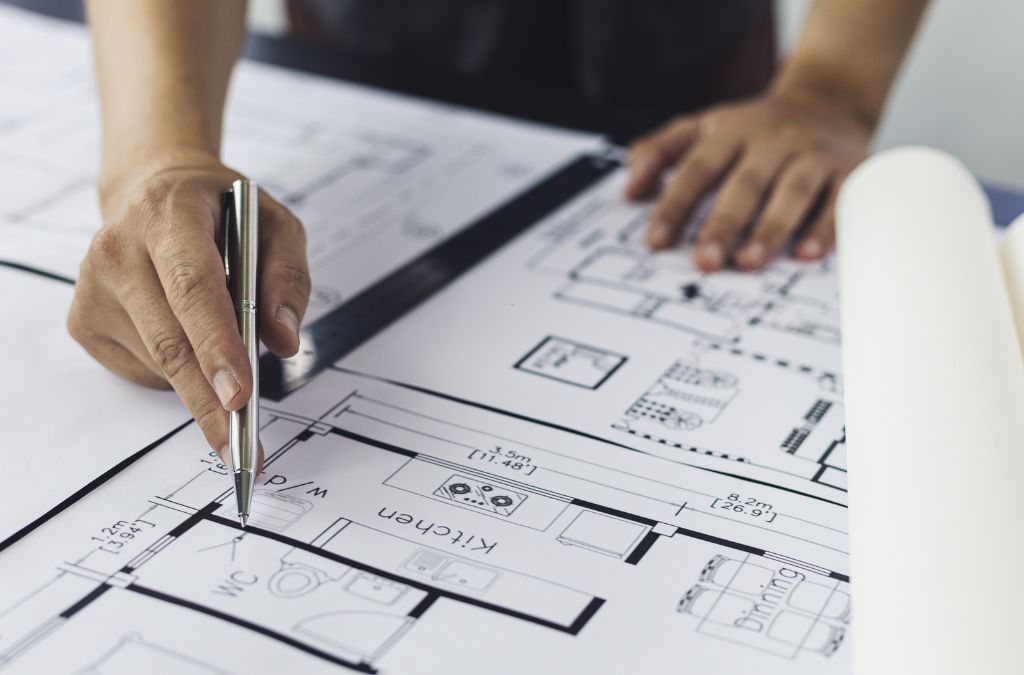-
Table of Contents
- From Blueprint to Building: The Architect’s Creative Journey
- Conceptualization: The Birth of an Idea
- Design Development: Refining the Vision
- Technical Documentation: Preparing for Construction
- Construction: Bringing the Design to Life
- Case Study: The Sydney Opera House
- Statistics: The Impact of Architecture
- Conclusion
From Blueprint to Building: The Architect Creative Journey
The journey from a conceptual blueprint to a tangible building is a fascinating process that involves creativity, technical expertise, and collaboration. Architects play a pivotal role in shaping our built environment, transforming abstract ideas into functional and aesthetically pleasing structures. This article explores the various stages of an architect’s creative journey, highlighting the challenges and triumphs along the way.
Conceptualization: The Birth of an Idea
The creative journey begins with the conceptualization phase, where architects brainstorm and develop initial ideas. This stage is marked by:
- Client consultations to understand needs and preferences
- Site analysis to assess environmental and contextual factors
- Sketching and creating preliminary designs
During this phase, architects often draw inspiration from various sources, including historical styles, natural elements, and contemporary trends. The goal is to create a vision that aligns with the client’s objectives while considering practical constraints.
Design Development: Refining the Vision
Once the initial concept is established, the design development phase begins. This stage involves refining the preliminary designs and creating detailed plans. Key activities include:
- Developing floor plans, elevations, and sections
- Selecting materials and finishes
- Collaborating with engineers and consultants
Architects use advanced software tools like AutoCAD and Revit to create precise and detailed drawings. This phase is critical for ensuring that the design is both functional and buildable.
Technical Documentation: Preparing for Construction
The next step is the preparation of technical documentation, which includes detailed drawings and specifications required for construction. This phase involves:
- Creating construction documents
- Detailing structural, mechanical, and electrical systems
- Ensuring compliance with building codes and regulations
Accurate documentation is essential for guiding contractors and builders during the construction process. It helps prevent misunderstandings and ensures that the final structure matches the architect’s vision.
Construction: Bringing the Design to Life
With the technical documentation in hand, the construction phase begins. Architects often play a supervisory role during this stage, overseeing the work to ensure it adheres to the design. Key responsibilities include:
- Conducting site visits and inspections
- Addressing any issues or changes that arise
- Coordinating with contractors and subcontractors
This phase can be challenging due to unforeseen issues such as weather conditions, material shortages, or design modifications. Effective communication and problem-solving skills are crucial for navigating these challenges.
Case Study: The Sydney Opera House
An iconic example of an architect’s creative journey is the Sydney Opera House, designed by Danish architect Jørn Utzon. The project began with a design competition in 1956, which Utzon won with his innovative concept. The design development and technical documentation phases were particularly complex due to the building’s unique sail-like structures.
Construction started in 1959 and faced numerous challenges, including budget overruns and technical difficulties. Despite these obstacles, the Sydney Opera House was completed in 1973 and has since become a symbol of architectural excellence.
Statistics: The Impact of Architecture
Architecture significantly impacts our daily lives and the environment. Consider the following statistics:
- Buildings account for 39% of global carbon emissions (Source: World Green Building Council)
- Green buildings can reduce energy consumption by up to 30% (Source: U.S. Green Building Council)
- Urban areas are home to 55% of the world’s population, projected to reach 68% by 2050 (Source: United Nations)
These statistics highlight the importance of sustainable and innovative architectural practices in addressing global challenges.
Conclusion
The journey from blueprint to building is a complex and rewarding process that showcases the creativity and expertise of architects. From initial concept to final construction, each stage requires careful planning, collaboration, and problem-solving. Iconic structures like the Sydney Opera House serve as a testament to the transformative power of architecture. As the world continues to evolve, architects will play a vital role in shaping a sustainable and aesthetically pleasing built environment.
